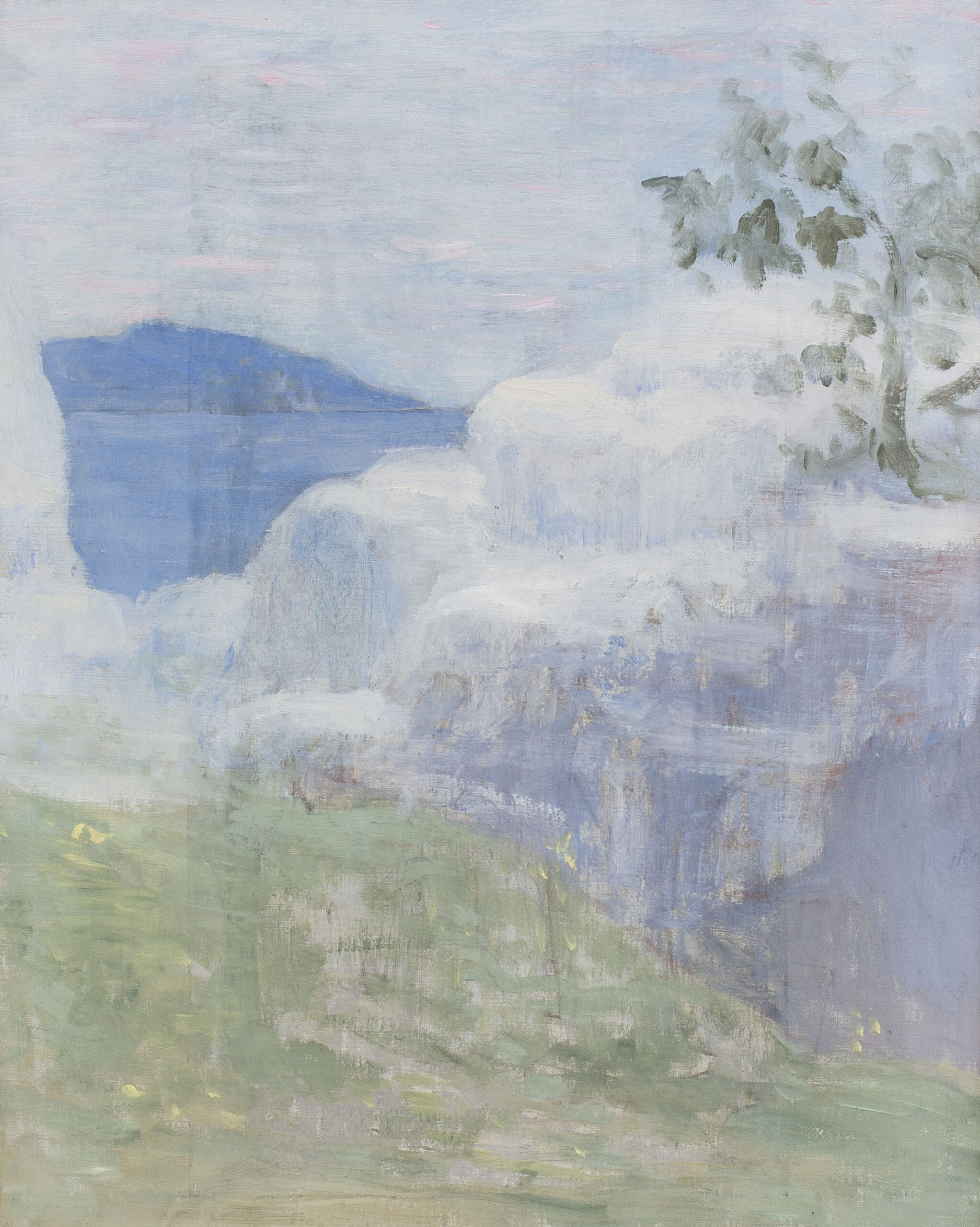Edited by Aberto Salvadori and Luigi Fassi
In two intense decades of exhibitions and artistic projects, the MAN’s strong point has been that it has been able to offer its public a varied, unpredictable and ever-changing exhibition programme. If attention to contemporary artistic research remains a central hub of the institution’s activity, over the years the MAN has nevertheless carefully and originally investigated the paths and developments of modern Western art. The intention of the museum is in fact to accompany visitors on a journey of knowledge where the continuity that links the different artistic experiences that have taken place over the centuries that have written the history of modern and contemporary art emerges strongly.
Leafless laurels presents for the first time to the Italian public a fascinating exploration of the artistic laboratory of Pierre Puvis de Chavannes, an artist who was a protagonist of French art between the nineteenth and twentieth centuries and whose activity strongly influenced the artistic development of the generations who followed him, as evidenced by the continuous admiration paid to him by Paul Cézanne, Paul Gauguin, Vincent Van Gogh, George Seurat and Henry Matisse.
Comprising loans from private and public collections, the exhibition presents a selection of works on paper and paintings by a seminal artist of the late 19th century.
Pierre Puvis de Chavannes was born in Lyon, France, in 1824, the youngest of four children of a family descended from Burgundian nobility. Having interrupted his studies in engineering following the death of his mother and a long illness, Puvis spent a long stay in Italy to regain his health.
This Italian experience, together with the encounter with the works of Giotto and Piero della Francesca, had a profound impression on Puvis, who decided to dedicate himself entirely to art after his return to Paris in 1848. Puvis began working in the studios of Henri Scheffer, Eugène Delacroix, and Thomas Couture, eschewing conventional artistic training and painting alone in his studio. His interest in great heroic themes and classical imagery led Puvis to take up mural painting, considered at that time the supreme ambition for all the most ambitious realist painters.
Throughout his four-decade career, Puvis consistently sought to perfect a classical, highly decorative aesthetic. The French artist developed an original palette of matte and bleached shades, painted to imbue his figures with solidity and character. His mastery emerges in finely calibrated compositions that further enhance his ethereal realism and lend his figures an essential solitude. Freed from shared movements and categories, Puvis, as emerges from the exhibition, moves between symbolism and realism, drawings and oils on canvas, sketches and sketches, in search of a redemption of human dignity which has its roots in the humanistic culture of the Italian Renaissance . It is precisely starting from that extraordinary chapter in Italian history that we can better understand the work of Puvis de Chavannes, an artist who invites us to look at our time through the filter of the slow sedimentation of culture over the centuries.
The exhibition is accompanied by a catalog published by Marsilio with texts by Louise D’Argencourt (art historian, former curator National Gallery of Canada, Ottawa), Bertrand Puvis de Chavannes (art historian, president of the Comité Puvis de Chavannes) and the curators.

